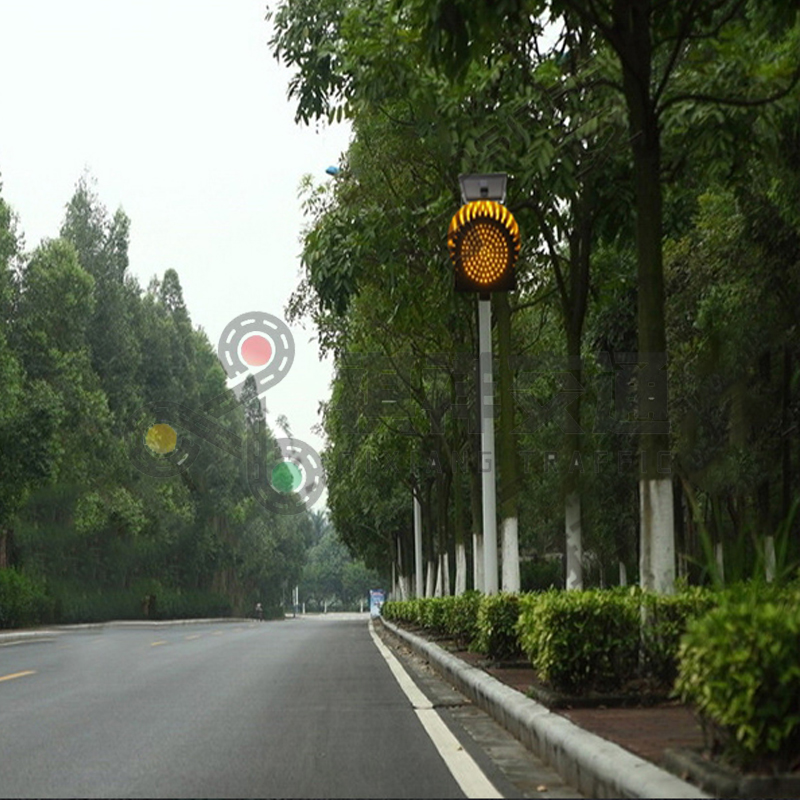Solar-powered yellow flashing lights are an important tool for ensuring safety and visibility in a variety of environments such as construction sites, roads and other hazardous areas. The lights are powered by solar energy, making them an environmentally friendly and cost-effective solution for providing warning signals and alarms. A common question that comes up when using solar lights is: “How long does it take to charge a solar-powered yellow flashing light?” In this article, we will explore the charging process of a solar-powered yellow flashing light and take a closer look at its features and benefits.

The solar yellow flash light is equipped with photovoltaic cells that convert sunlight into electricity. These cells are typically made of silicon and are designed to capture and harness solar energy during the day. The captured energy is then stored in a rechargeable battery to power the flash at night or in low-light conditions. Charging time for a solar yellow flash light can vary depending on a number of factors, including the size and efficiency of the solar panel, the capacity of the battery, and the amount of sunlight available.
The charging time of a solar yellow flash light is affected by the amount of sunlight it receives. On clear, sunny days, these lights charge faster than on cloudy or cloudy days. The angle and orientation of the solar panels also play a crucial role in maximizing charging efficiency. Properly placing your solar panels to capture the most sunlight throughout the day can significantly impact your flash’s charge time and overall performance.
Generally speaking, a solar-powered yellow flashing light may require 6 to 12 hours of direct sunlight to fully charge the battery. Please note, however, that the initial charging time may be longer when setting up the light for the first time to ensure the battery is fully charged. When the battery is fully charged, the flash can operate for a long time, providing a reliable warning signal without the need for an external power source or frequent maintenance.
The charging time of the solar yellow flashing light will also be affected by the capacity and quality of the rechargeable battery used in the system. Large-capacity batteries using advanced energy storage technology can store more solar energy and extend the working time of the flash. In addition, the efficiency of the charging circuit and the overall design of the solar light will also affect the charging process and subsequent light performance.
In order to optimize the charging time and performance of your solar yellow flash light, there are some installation and maintenance best practices that must be followed. Properly placing your flash in the sunniest area, making sure the solar panels are clean and clear of obstructions, and regularly checking the batteries and electrical components can help maintain your flash’s efficiency and longevity.
Additionally, advances in solar technology have led to the development of more efficient and durable solar-powered yellow flash lights. Manufacturers continue to improve the design and components of these lights to enhance their charging capabilities and overall reliability. With innovations like high-efficiency solar panels, advanced battery management systems, and durable construction, solar-powered yellow flash lights are becoming increasingly reliable in a variety of applications.
In summary, solar yellow flash light charging time may vary depending on environmental conditions, solar panel efficiency, battery capacity, and overall design. While these lights typically require 6 to 12 hours of direct sunlight to fully charge, factors such as sunlight intensity, panel orientation, and battery quality may affect the charging process. By following best practices in installation and maintenance, and taking advantage of advances in solar technology, solar yellow flash lights can provide a sustainable and effective solution to enhance safety and visibility in diverse environments.
Post time: Aug-09-2024






